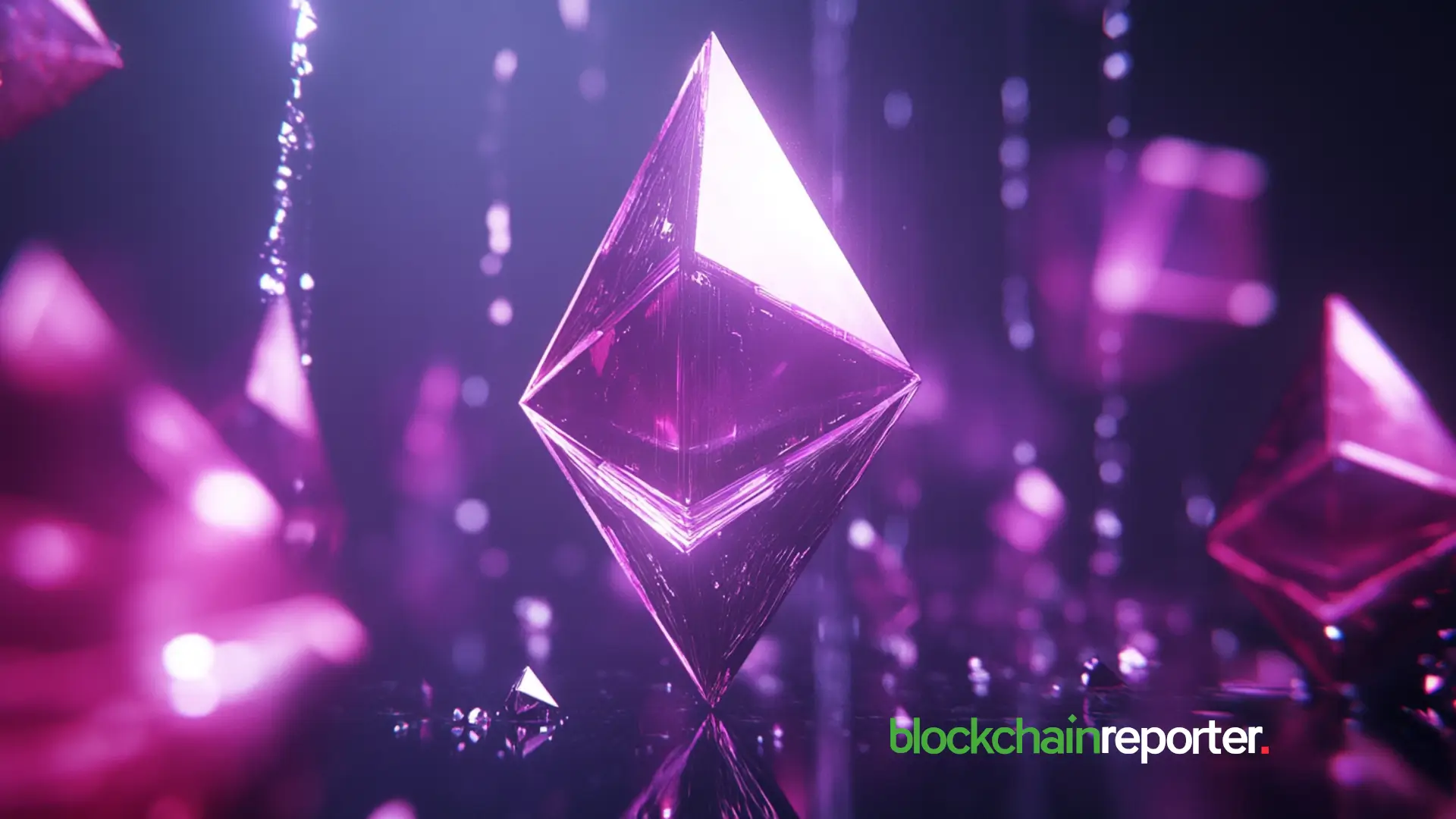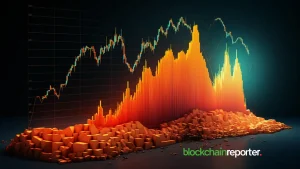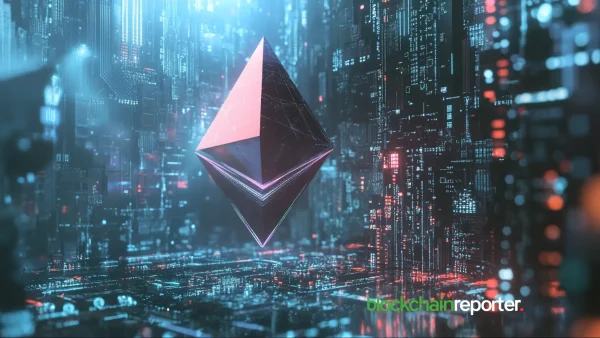
The recent Ethereum (ETH) run has prompted a clear message from one of on-chain analytics’ loudest voices: a persistent ETH rally isn’t an isolated event, it’s the engine that can drive a broader altcoin rebound.
Negentropic, who lists themselves as the co-founders of Glassnode, tweeted today that traders who view an ETH pump as “isolated” misunderstand how crypto value systems flow. “This is the flywheel that starts altseason,” they wrote.
ETH Breaks $4K as Bitcoin Lags
The market backdrop helps explain the sentiment. Ethereum pushed back above $4,000 this week, a level not seen since late 2021, briefly peaking around $4,190 on intraday volume surges before settling in the low-$4K area. That move has analysts pointing to renewed momentum for the smart-contract king.
Meanwhile, Bitcoin has been relatively flat by comparison, trading in the six-figure area (around $116K at the time of writing). The relative performance divergence is exactly the sort of dynamic traders say can rotate capital from BTC into ETH, and then outward into mid- and small-cap altcoins.
On-chain Behavior Lines Up with the Thesis
Negentropic’s tweet isn’t operating in a vacuum. Glassnode and other on-chain trackers have logged meaningful accumulation by larger ETH holders in recent months. This is a pattern consistent with “large holders in profit” and treasuries being primed to deploy capital into projects and ecosystems.
Glassnode data flagged sustained whale accumulation, with large wallets adding material sums of ETH during mid-2025. At the same time, institutional flows into Ethereum exposure, including activity around spot ETF products and related instruments, have helped clear some balance-sheet constraints for ecosystem funds.
This resulted in making more capital available for developer grants, token allocations, and strategic investments. The market has seen rising ETF inflows and elevated derivatives activity around ETH in recent weeks. Negentropic’s “liquidity cascade” shorthand captures a familiar narrative traders use to explain market rotations:
- Bitcoin gets bid and sets a higher base (or simply stabilizes).
- Ethereum, cheaper in relative terms and with stronger DeFi/application demand, begins to outperform BTC (higher ETH/BTC ratio).
- As ETH rallies, profit is taken by large holders and ecosystem treasuries; some of that capital is redeployed into mid- and small-cap protocols and tokens.
- Those tokens, often with smaller market caps and greater velocity, can spike dramatically, the classic altseason outcome.
The Mechanics
Recent readings of the ETH/BTC ratio show it testing resistance after a long period of underperformance, which technical traders say is a prerequisite to broad-based altcoin leadership. Meanwhile, analysts are focused on a handful of concrete signals before declaring a full altseason or making a bullish Ethereum price prediction.
They are looking for sustained ETH strength above key levels. The $4K zone has turned into short-term support; closing and holding above here would encourage more rotation. ETH/BTC breakout can be a convincing move higher in the ratio and it would signal Ethereum outperformance versus Bitcoin, a historical catalyst for alt rallies.
Declining Bitcoin dominance/rising altseason index are important metrics. Several market trackers that measure altcoin breadth have been creeping higher, but most still show room before an aggressive meme-coin style altseason is declared.
That said, market veterans caution that macro factors (rate expectations, dollar strength) and liquidity conditions always matter. A weak macro or a sudden BTC squeeze could blunt an ETH-led rotation. Negentropic has previously pointed to macro drivers like the DXY (dollar index) as primary influences on risk appetite.
Negentropic’s tweet neatly summarizes a widely held thesis among on-chain analysts: Ethereum’s sustained strength can be the multiplier that unlocks capital flows into the wider altcoin market. The raw ingredients appear present: whale accumulation, ETF/institutional interest, and a rising ETH/BTC ratio, but traders will want to see persistence, not just a single spike, before calling a full-blown altseason.









